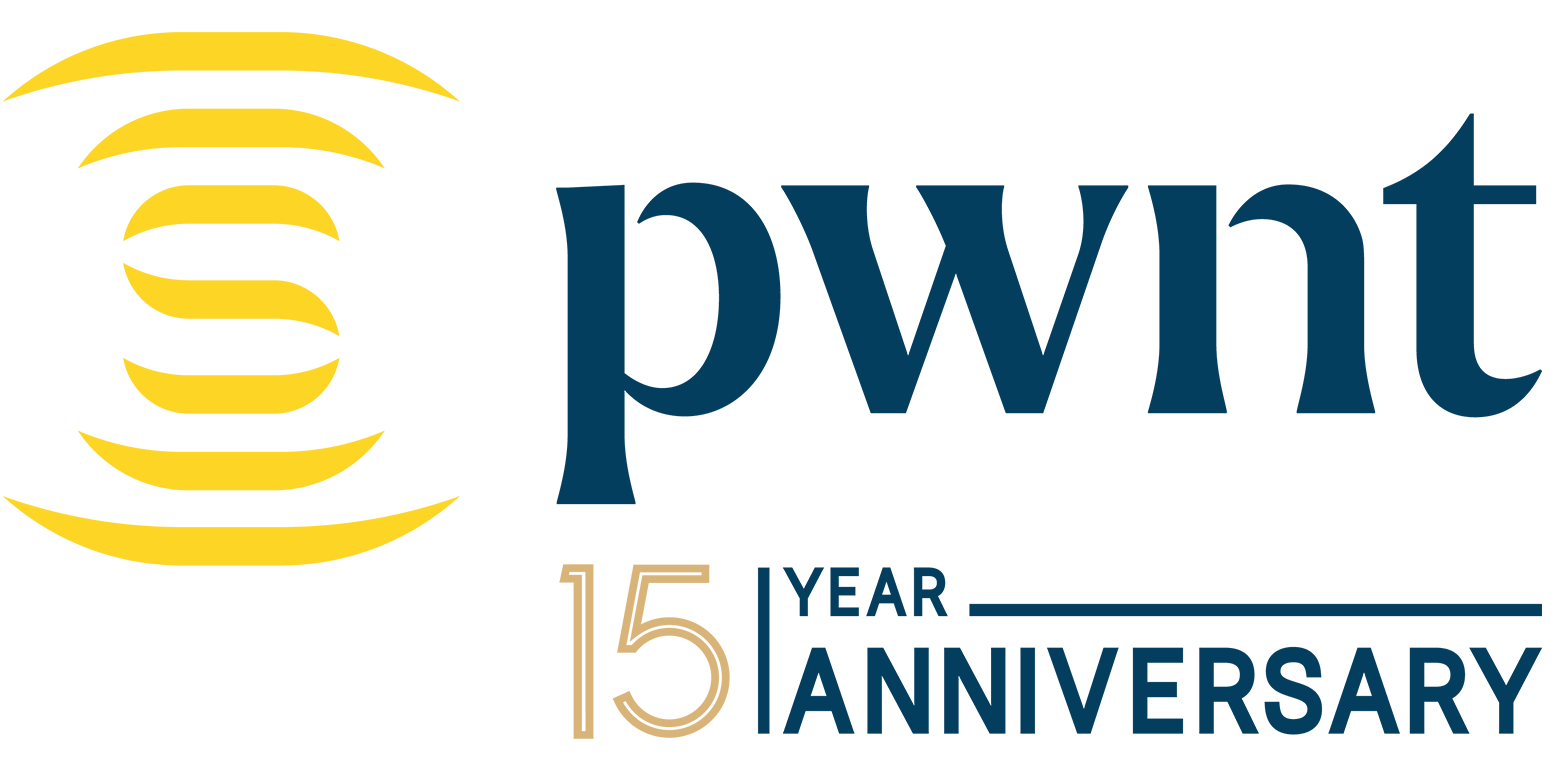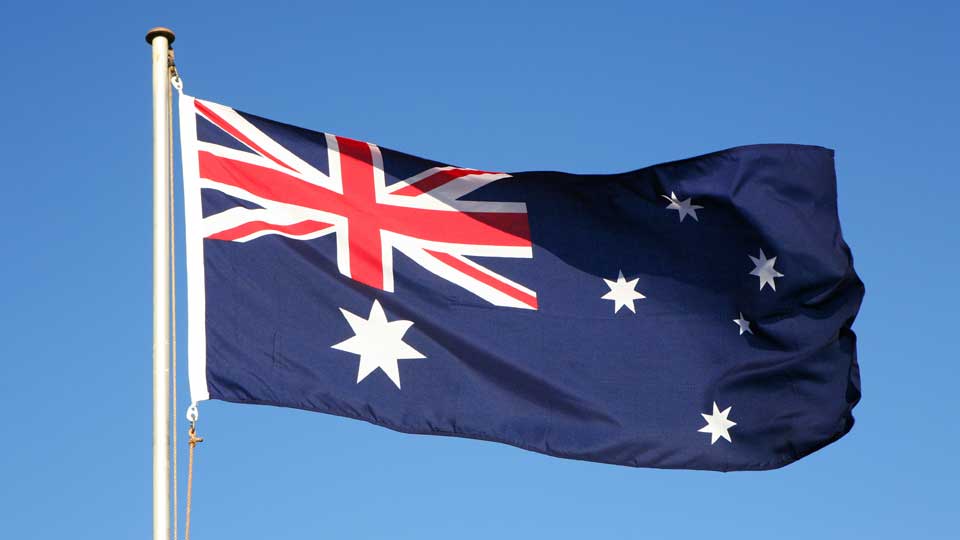With climate change, many regions of the world are experiencing severe water scarcity. This, combined with population growth, has meant that there is a growing need to reuse water. One of the major problems with reusing water for direct potable or indirect potable application is the high level of treatment that is required.
Most of the water reuse today takes the form of indirect potable reuse. The current treatment frequently consist of several steps including physical and chemical disinfection and advanced oxidation. Water reuse treatment is following a pattern of micro-filtration followed by reverse osmosis, and final treatment with UV-hydrogen peroxide. The addition of UV-hydrogen peroxide provides additional disinfection and micro-contaminant destruction. These treatments have the disadvantage of high cost and often poor membrane fluxes due to the nature of the wastewater being treated.
To determine if water recycling can be more affordable and sustainable a research and pilot project is being conducted for one year by an an international team of technology, water treatment and research experts to successfully demonstrate the novel ceramic membrane system of PWN Technologies hybridised with ozonation on site at Eastern Treatment Plant (ETP) in Melbourne.

The aim of this project is to demonstrate the cost savings, low maintenance and waste reducing opportunities of ceramic membranes in the context of Australian water recycling. An economic assessment will be made from the performance demonstrating its true incentives for water recycling compared to other technologies that aim to at least achieve the same water quality.
This novel treatment system could be a major breakthrough, as it combines the treatment into one single step and uses a very resilient and robust ceramic membrane system. Ozone, an oxidant that destroys micro-contaminants can be applied directly on the membrane. The ozone has a catalytic reaction on the membrane which keeps the membrane very clean. The end result is that the system can work at a very high flux with very little water loss. This unusual combination of effects – micro-contaminant destruction with simultaneous enhanced membrane operation could be the key to more economical water reuse.
The project partners/sponsors are The Australian Water Recycling Centre of Excellence, Victoria University, PWN Technologies, Black and Veatch, Melbourne Water, South East Water and Water Quality Research Australia.

